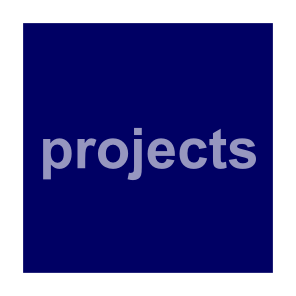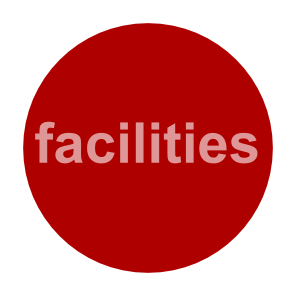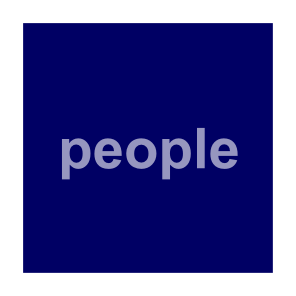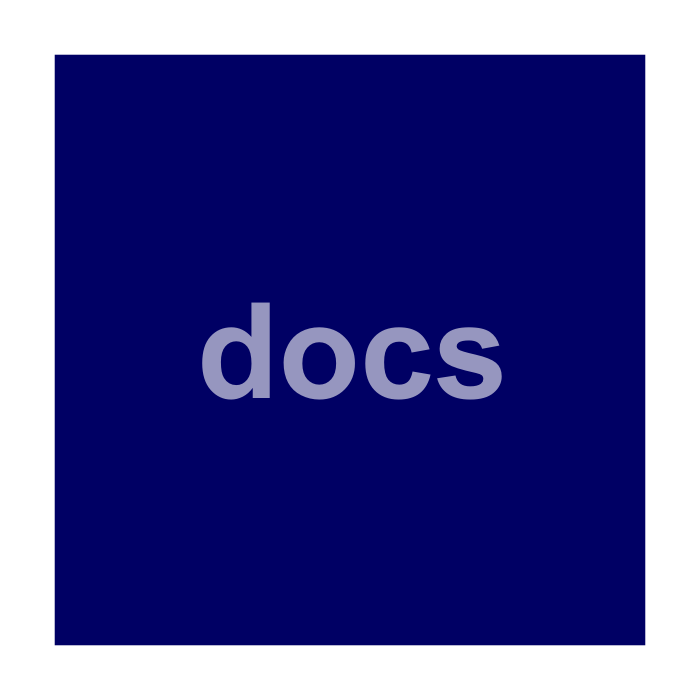








Contact
The MIT Center for Bits and Atoms
Room E15-401
20 Ames Street
Cambridge, MA 02139
+1 (617) 253-0392
cba_info@cba.mit.edu
CBA was launched by a National Science Foundation award in 2001 to create a unique digital fabrication facility that gathers tools across disciplines and length scales for making and measuring things. These include electron microscopes and focused ion beam probes for nanostructures, laser micromachining and X-ray microtomography for microstructures, and multi-axis machining and 3D printing for macrostructures. These are supported by instrumentation for processing and characterizing materials and devices. CBA's tools are available around the clock for its users working on projects that integrate these capabilities.
CBA's projects involve collaborations with researchers from across MIT's campus and around the world. CBA personnel have participated in advances at the boundary between bits and atoms including what were among the first complete quantum computations, using nuclear spins in molecules; physical one-way cryptographic functions, implemented by mesoscopic light scattering; microfluidic bubble logic, with bits that transport materials as well as information; asynchronous logic automata, to align hardware with software; intelligent infrastructure, for energy efficiency; recoding the genome and creating synthetic life; coded folding, for programming matter; and the additive assembly of functional digital materials. CBA's research is illustrated in this presentation ("i" for index).
CBA's students apply to work in participating research groups through associated academic departments, which include MAS, as well as EECS, Physics, Mechanical Engineering, and Architecture. Most of our graduate students are fully funded by research assistantships, and undergraduate students are supported through MIT's UROP program.
Notable CBA alums include TR35 Innovator Nadya Peek, Facebook's VP of Infrastructure Jason Taylor, Twitter's former VP on Engineering Raffi Krikorian, MacArthur Fellow Saul Griffith, TED Fellow Manu Prakash, Formlabs founder Max Lobovsky, NIPS Test of Time recipient Ben Recht, and Project Ara's Ara Knaian.
CBA is funded by grants, gifts, and sponsorships. Sponsors share access to all CBA research, eliminating internal boundaries based on funding. Supporters include (in chronological order):
Companies that CBA research and personnel have contributed to starting include:
Along with publications and workshops, CBA's work is shared through outreach programs including a global network of field fab labs that provide widespread access to prototype tools for personal fabrication, and initiation of an office to provide scientific advisors for popular media.
For further information you may contact CBA.